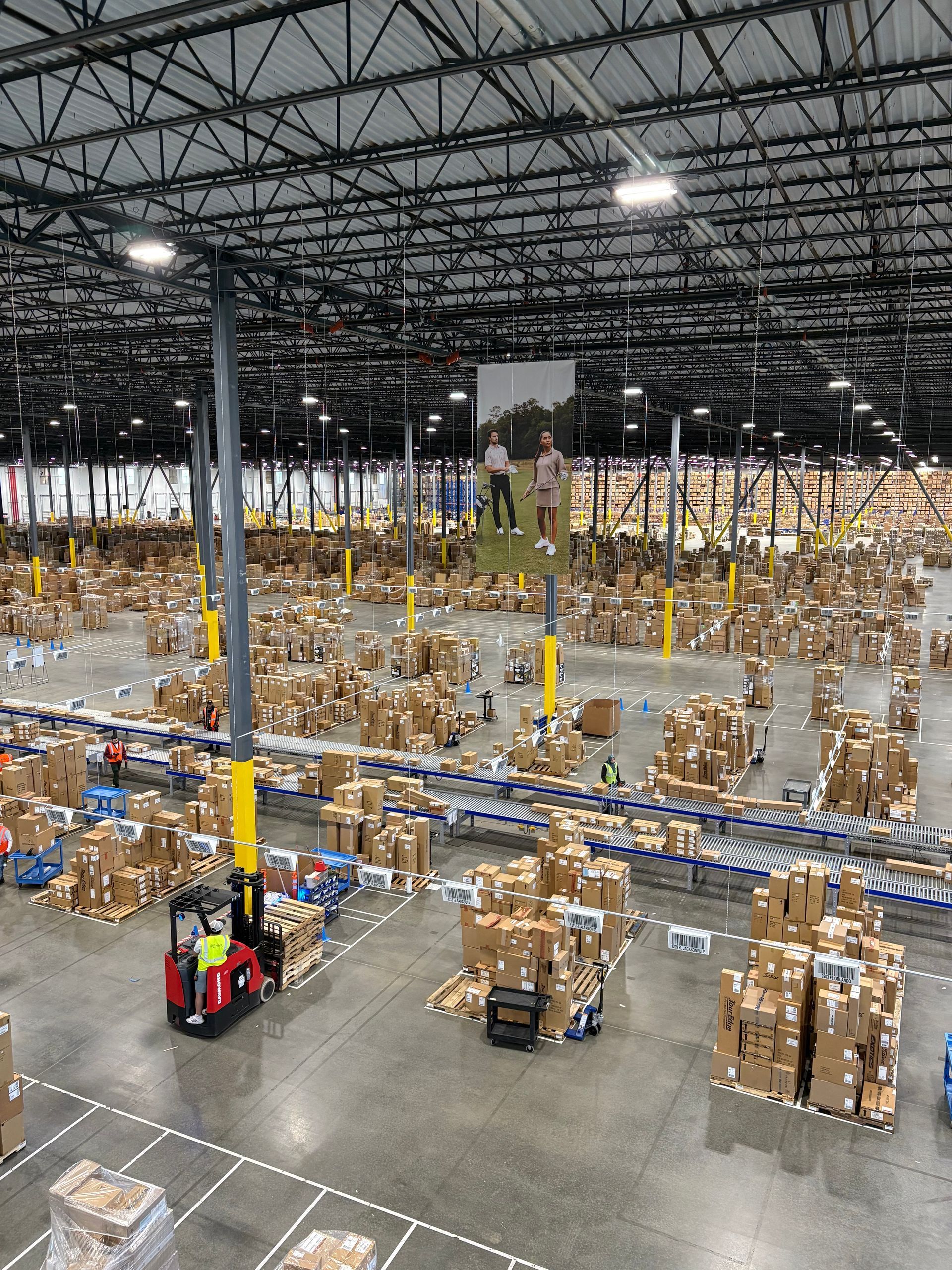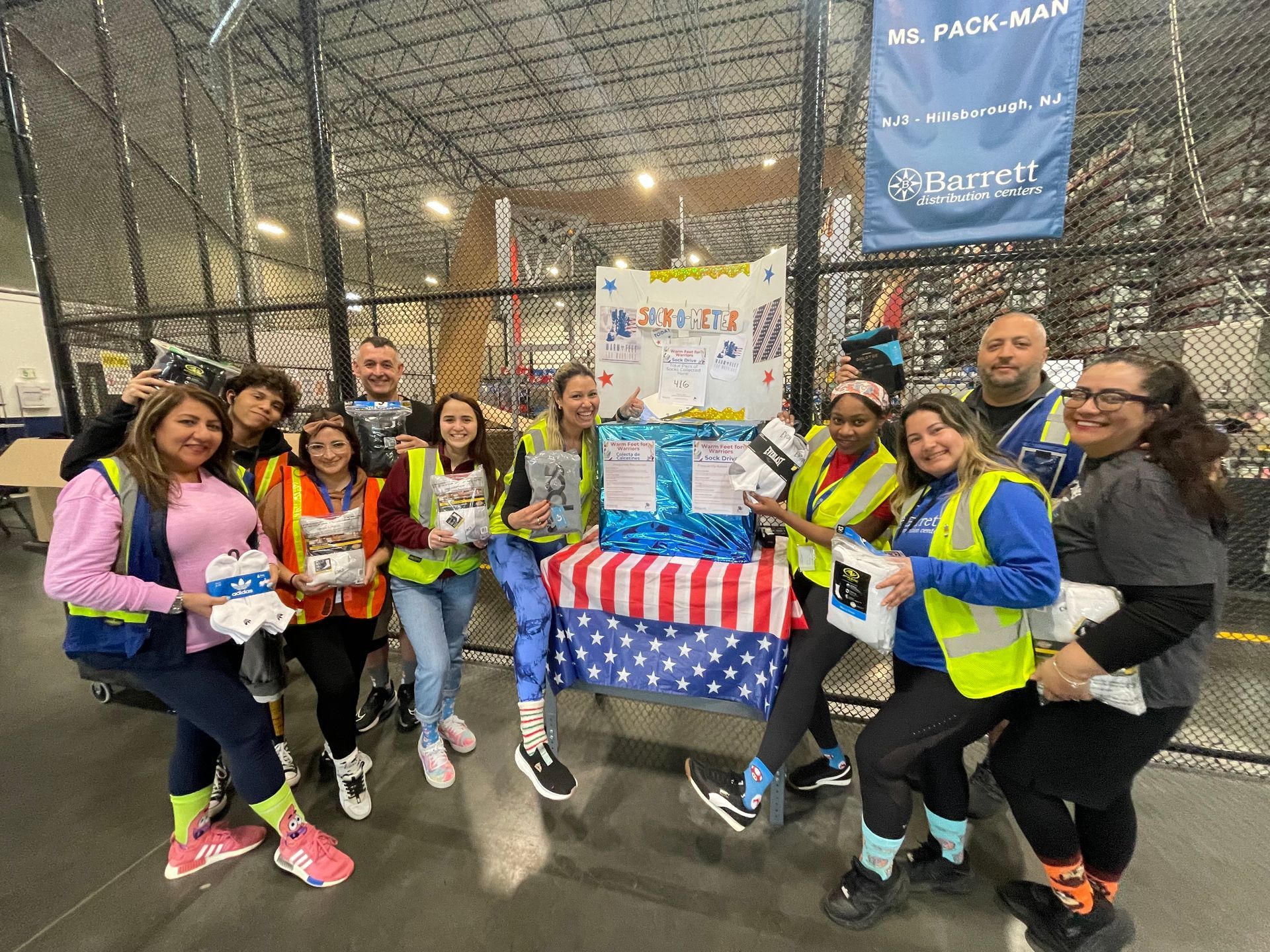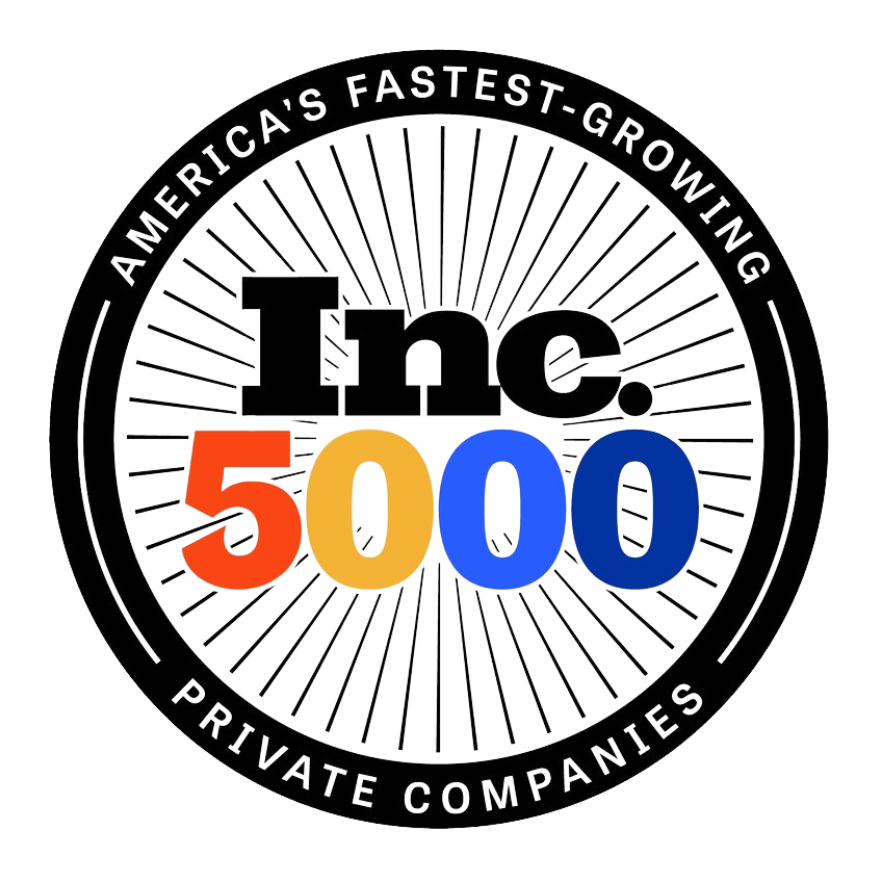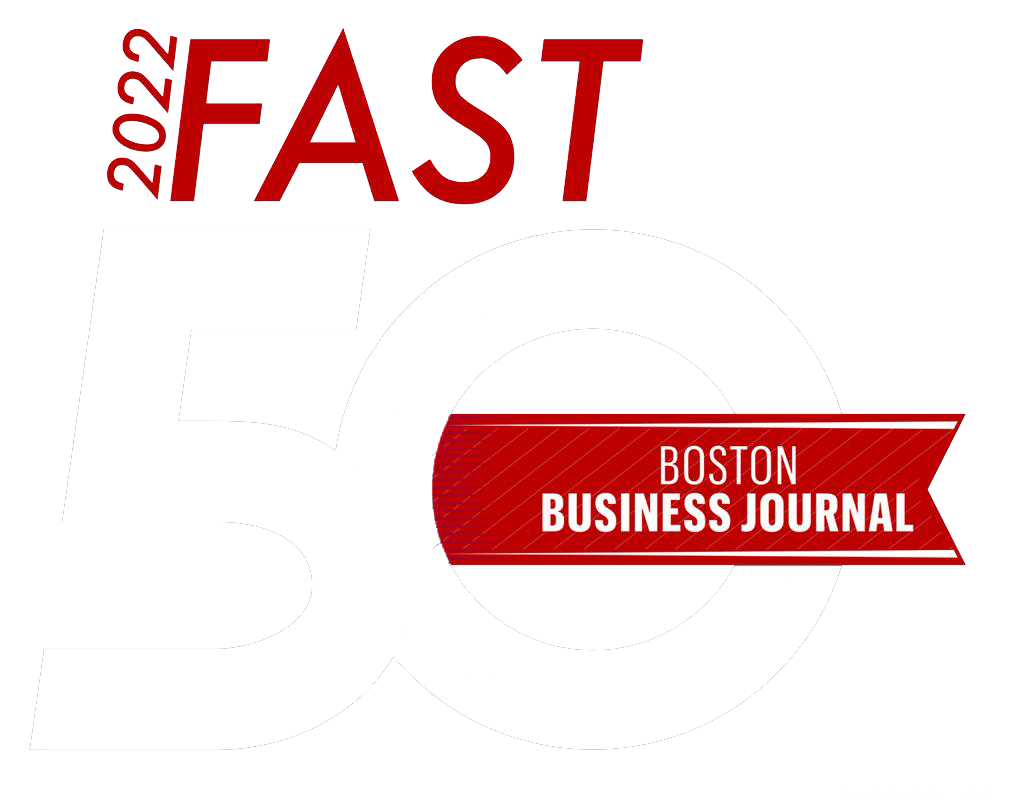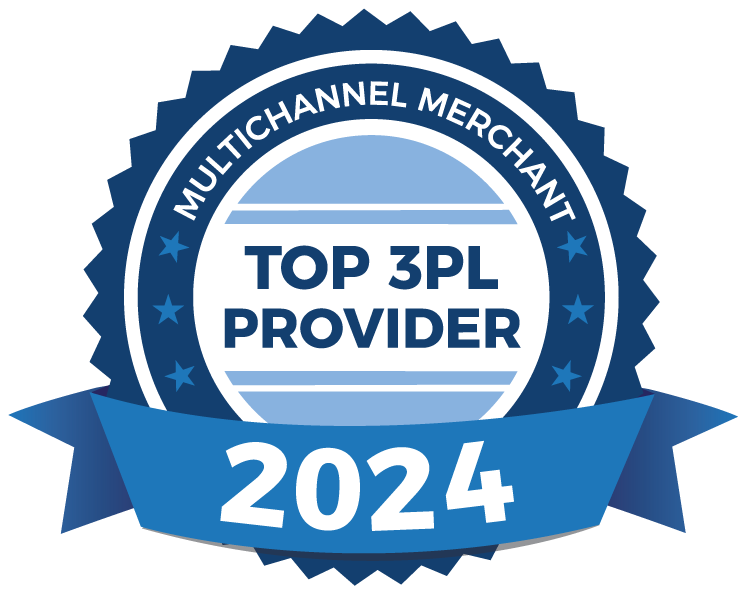9 Signs Your E-Commerce Brand Has Outgrown Self-Fulfillment
If you're an emerging e-commerce brand, you're likely facing one or more of the order fulfillment challenges listed below. This is a sign that your self-fulfillment strategy has outlived its effectiveness and that it's time to partner with an experienced e-commerce fulfillment provider.
Selling directly to consumers offers well-known advantages—greater control over the supply chain, stronger customer connections and no intermediaries eating into profits. However, many brands struggle with the obstacles that come with scaling operations. As demand increases, fulfillment complexity grows, making it harder to maintain efficiency and profitability.
A third-party logistics (3PL) provider can help solve these challenges. From lowering shipping costs and managing returns to improving customer experience, a 3PL ensures fulfillment runs smoothly, allowing businesses to focus on growth.
Below are nine of the biggest e-commerce fulfillment challenges and how partnering with a 3PL can turn them into opportunities.
Challenge #1: Scaling Fulfillment Efficiently
Rapid growth can strain a brand’s fulfillment process, causing delays and inefficiencies. If fulfillment operations aren’t flexible enough to adjust during peak and slow seasons, costs can quickly get out of control.
A 3PL provides scalable warehouse space and workforce solutions, so brands only pay for what they need. This eliminates the risk of high overhead from long-term leases or underutilized storage.
Challenge #2: Logistics Taking Too Much Time
Fulfilling orders manually may work for small businesses, but logistics can become overwhelming as demand grows. Managing inventory, packing orders and handling returns takes time away from marketing and product development.
A 3PL streamlines these processes, allowing brands to focus on strategic growth rather than day-to-day fulfillment tasks.
Challenge #3: Last-Mile Delivery Inefficiencies
The last mile of delivery is often the most expensive and unpredictable. Traffic delays, inefficient routing and failed delivery attempts can frustrate customers and hurt a brand’s reputation.
A 3PL with established carrier partnerships optimizes last-mile delivery, reducing transit times and improving accuracy. Logistics experts also identify inefficiencies, ensuring a smoother delivery experience.
Challenge #4: Technology Integration Issues
Order fulfillment relies on technology integrations. Without strong connections between an e-commerce platform, order management system and warehouse management system, brands risk inventory mismanagement and delayed shipments.
A 3PL with pre-built integrations ensures visibility of real-time inventory and order tracking, preventing costly errors and streamlining operations.
Challenge #5: High Shipping Costs
Shipping is never truly free. Rising carrier fees, dimensional weight pricing and peak season surcharges make it difficult to offer competitive rates without sacrificing margins.
A 3PL provides access to bulk shipping discounts and helps optimize packaging to minimize costs. Strategies like cartonization and carrier diversification reduce shipping expenses without compromising speed.
Challenge #6: Maintaining a Strong Brand Experience
Adding personal touches like custom packaging or product samples can enhance the unboxing experience, but these extras become harder to scale as order volumes grow.
A 3PL with value-added services like kitting and branded packaging ensures a consistent brand experience at scale without slowing down fulfillment.
Challenge #7: Managing High-Return Volumes
Returns are inevitable in e-commerce. However, handling returns can be challenging, whether due to sizing issues, buyer’s remorse, or fraudulent practices.
A 3PL simplifies returns management by integrating with leading platforms and offering self-service return options. Faster processing improves inventory turnover and enhances customer satisfaction.
Challenge #8: Choosing the Right Fulfillment Location
The location of a fulfillment center affects shipping costs and delivery speed. A facility that works today may become inefficient as customer demand shifts.
A 3PL with multiple fulfillment centers provides flexibility, allowing brands to optimize fulfillment based on evolving customer needs.
Challenge #9: Keeping Track of Inventory
Managing inventory across multiple sales channels can be time-consuming. Without real-time visibility, brands risk stockouts, overstocking and wasted capital.
A 3PL with advanced inventory management systems ensures accurate forecasting and efficient stock control, reducing the risk of supply chain disruptions.
When to Transition from Self-Fulfillment to a 3PL
Many brands start by fulfilling orders in-house for greater control, but this approach becomes less sustainable as order volumes increase. Warehousing, labor and shipping costs rise, and even minor disruptions can impact profitability.
A 3PL helps brands scale without logistical headaches. By leveraging industry expertise, advanced technology, and a nationwide fulfillment network, brands can improve efficiency and customer satisfaction while staying focused on growth.
Trust Barrett to run your supply chain so you can focus on growing your business.
Barrett Distribution currently operates 25+ facilities across the United States. With over 6 million square feet of space specifically designed for warehousing, distribution, transportation and omnichannel eCommerce fulfillment, Barrett will scale your brand to ensure success.
Contact us now for a complimentary supply chain consultation.
Recent Blog Posts
